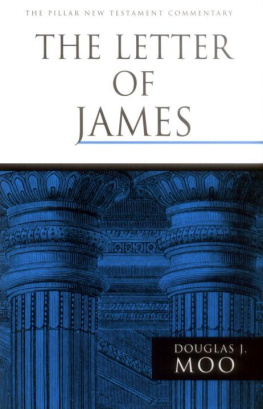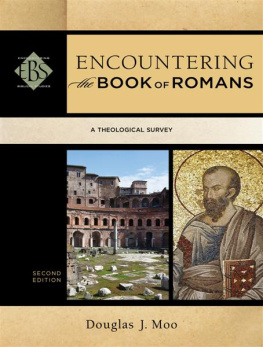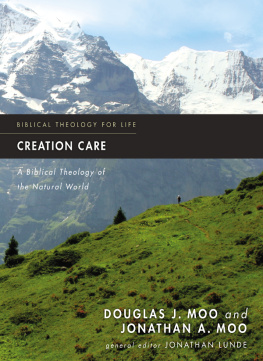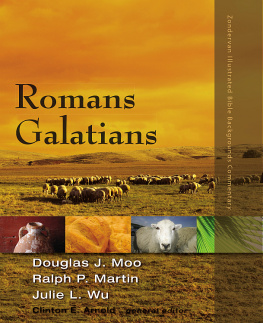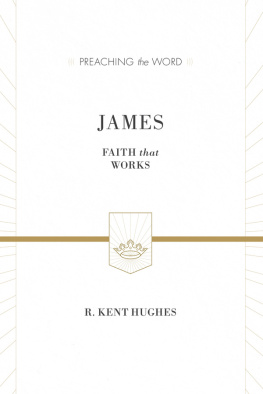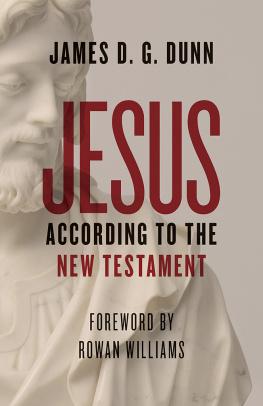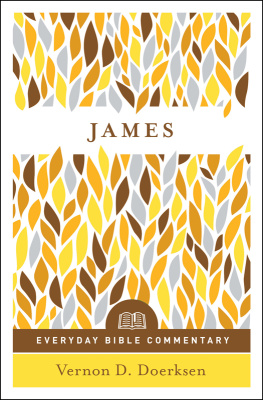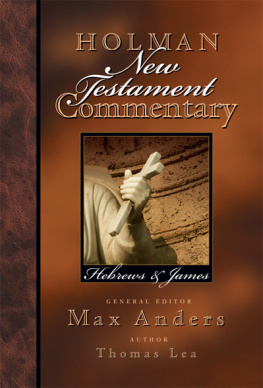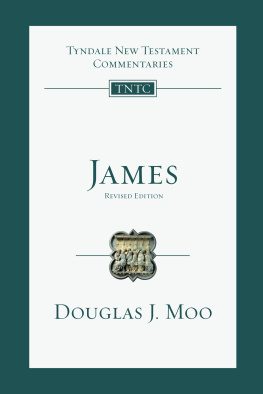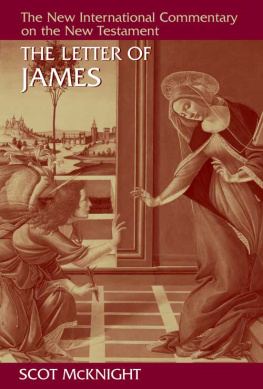D. A. CARSON
DOUGLAS J. MOO





Viii
x
xii
xiv
INTRODUCTION
COMMENTARY ON JAMES
INDEXES
Commentaries have specific aims, and this series is no exception. Designed for serious pastors and teachers of the Bible, the Pillar commentaries seek above all to make clear the text of Scripture as we have it. The scholars writing these volumes interact with the most important, informed contemporary debate, but avoid getting mired in undue technical detail. Their ideal is a blend of rigorous exegesis and exposition, with an eye alert both to biblical theology and the contemporary relevance of the Bible, without confusing the commentary and the sermon.
The rationale for this approach is that the vision of "objective scholarship" (a vain chimera) may actually be profane. God stands over against us; we do not stand in judgment of him. When God speaks to us through his Word, those who profess to know him must respond in an appropriate way, and that is certainly different from a stance in which the scholar projects an image of autonomous distance. Yet this is no surreptitious appeal for uncontrolled subjectivity. The writers of this series aim for an evenhanded openness to the text that is the best kind of "objectivity" of all.
If the text is God's Word, it is appropriate that we respond with reverence, a certain fear, a holy joy, a questing obedience. These values should be reflected in the way Christians write. With these values in place, the Pillar commentaries will be warmly welcomed not only by pastors, teachers, and students, but by general readers as well.

At first glance some might think it rather surprising that the author of one of this century's major commentaries on the Epistle to the Romans should turn his hand to write a sympathetic commentary on James. But that is what Douglas Moo has achieved. More than an enlargement of his well-received little commentary on James in the TNTC series, this volume is a fresh and detailed work that displays, in particular, two great strengths. The first is a deceptive simplicity. Even when he is handling remarkably complex exegetical points, Dr. Moo argues his case with an economy and simplicity of style altogether enviable and sure to be appreciated by every reader. The second is a gentle tone of thoughtful application. Without forgetting that this book is a commentary and not a homily, Dr. Moo expounds the text not only with the cool objectivity of the seasoned scholar but with the warm reflection of the pastor. It is an enormous privilege to work with him as a colleague in the institution both of us serve.
D. A. CARSON

I am very grateful to Don Carson, general editor of the Pillar New Testament Commentary, and to the Eerdmans Publishing Company for the opportunity to write this commentary on the Letter of James. As many readers of this commentary will know, fifteen years ago I wrote a commentary on James for the Tyndale series (The Letter of James [Grand Rapids: Eerd- mans/Leicester: Inter-Varsity, 1985]). The opportunity to revisit this letter has proved to be very profitable for me and, I hope, for students of James. The Pillar series has enabled me almost to double the space I could devote to commentary on the letter. I have therefore been able to pursue issues of background and theology at greater length. I am more impressed than ever by James's creative use of Hellenistic Jewish traditions in his exposition of practical Christianity. And I remain convinced that the heart of the letter is a call to wholehearted commitment to Christ. James's call for consistent and uncompromising Christian living is much needed. Our churches are filled with believers who are only halfhearted in their faith and, as a result, leave large areas of their lives virtually untouched by genuine Christian values. Nor am I immune to such problems. As I quite unexpectedly find myself in my "middle age" years, I have discovered a tendency to back off in my fervor for the Lord and his work. My reimmersion in James has challenged me sharply at just this point. I pray that it might have the same effect on all readers of the commentary.
In addition to series editor Don Carson and Eerdmans editor Milton Essenburg, I have several others to thank for their help with this volume. My research assistant at Trinity, Stephen Pegler, helped compile bibliography and edit the manuscript. My office assistant, Leigh Swain, keyed my earlier commentary into WordPerfect as a source for this work. She and Trinity doctoral fellow Pierce Yates also helped with the indexes. But most of all I want to thank my wife Jenny, to whom I dedicate this book. She also helped with the indexes; but, more than that, she encouraged me in the work when my self-confidence was at a low ebb.
DOUGLAS J. Moo














